Squire & Partners' radical restructure: 'There are a lot of different ways up the firm to partnership'
Squire & Partners announces a radical restructure; we talk to the late founder Michael Squire's son, senior partner Henry Squire, about the practice's new senior leadership group, its next steps and how architecture can move on from 'single leader culture'
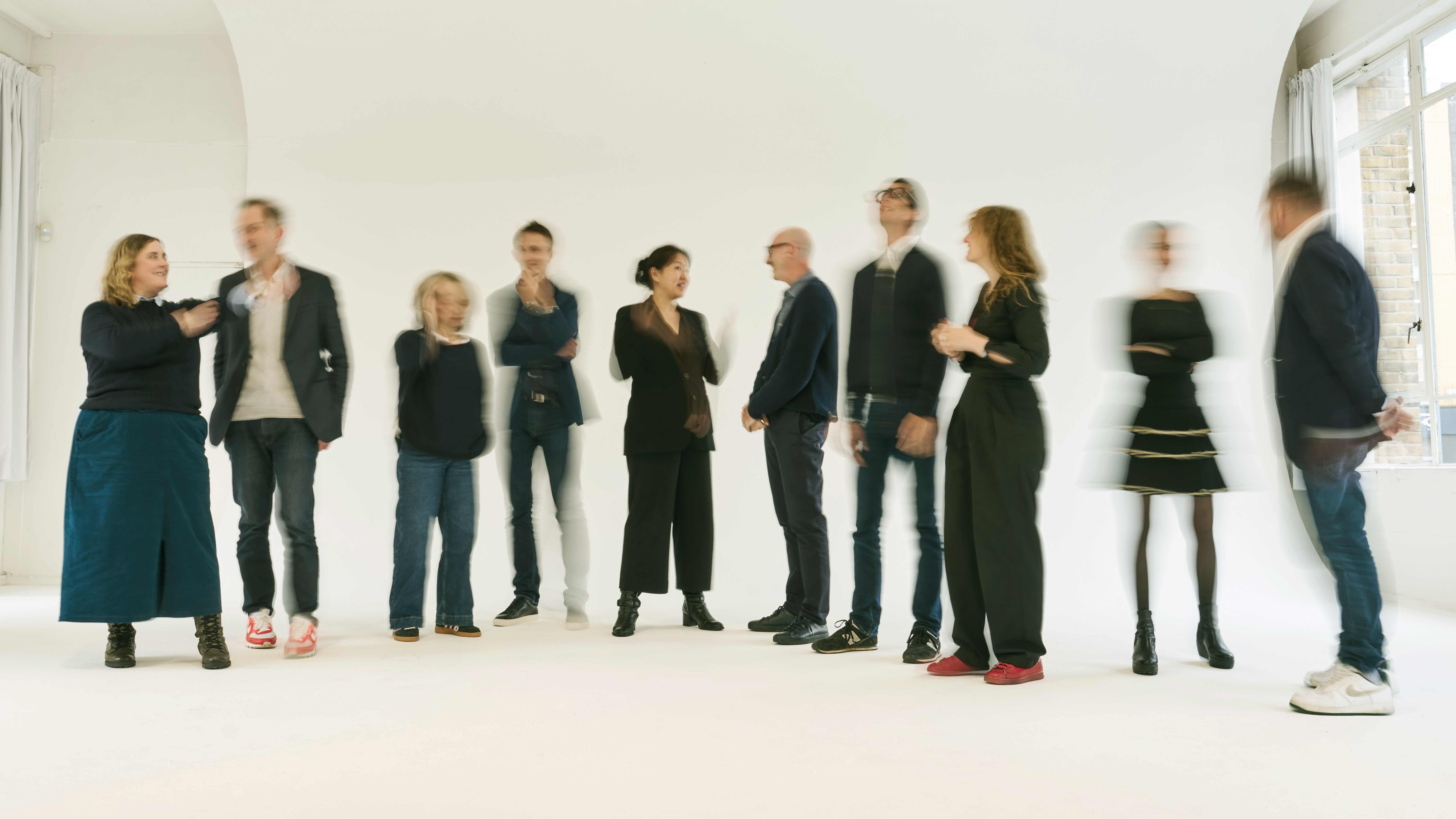
When Squire & Partners' late founder, Michael Squire passed away after a short illness in May 2023, it was a tragic loss for the architecture industry. In time, it also posed questions about the future of his near-50-year-old London studio, not least to his son and senior partner at the firm, Henry Squire. It took over a year of research and investigations for Squire & Partners to find the best way forward. Now, the firm announces a radical restructuring, which aims to carve a new path for its 130-strong staff - while maintaining its strong reputation, projects and industry relationships.
Squire & Partners restructure: explained
Squire & Partners' bold move will now see a group of ten partners forming a new leadership team for the multidisciplinary practice. These are not just architects; made up of designers, developers, communicators, innovators, place-makers and crafters, the studio (which was originally founded in 1976) is keen to flag its diverse talent and signal a democratic approach that allows a rich and varied group of professionals into its fold - in particular in senior positions.
Henry Squire, whom we interviewed about this announcement, highlighted this desire for evolution and for celebrating the rich variety of voices and talent within the practice, adding that 'a rolling stone gathers no moss.' (scroll down for the full interview)

As a result of this restructure, the top team at Squire & Partners now comprises three senior partners (Squire, as well as architects Murray Levinson and Tim Gledstone); alongside seven new partner roles for architect Bettina Brehler, head of interior design Maria Cheung, architects Olga Gomez, Sophie Steed, Alessandro Mangiavacchi, and Michael Poots, and finance director Clelia Filipe.
Together they aim to continue the energetic studio's legacy and grow, leading it into the future by building on widely acclaimed past projects, such as Brixton's The Department Store (which also includes the studio's own headquarters and has become an important local community hub), the Chelsea Barracks masterplan, Clarges Mayfair, Bulgari Hotel London, the Abu Dhabi masterplan, Howick Place (including Philips de Pury auction house), and Space House, the reimagined Grade II listed brutalist architecture masterpiece that launches later this year.
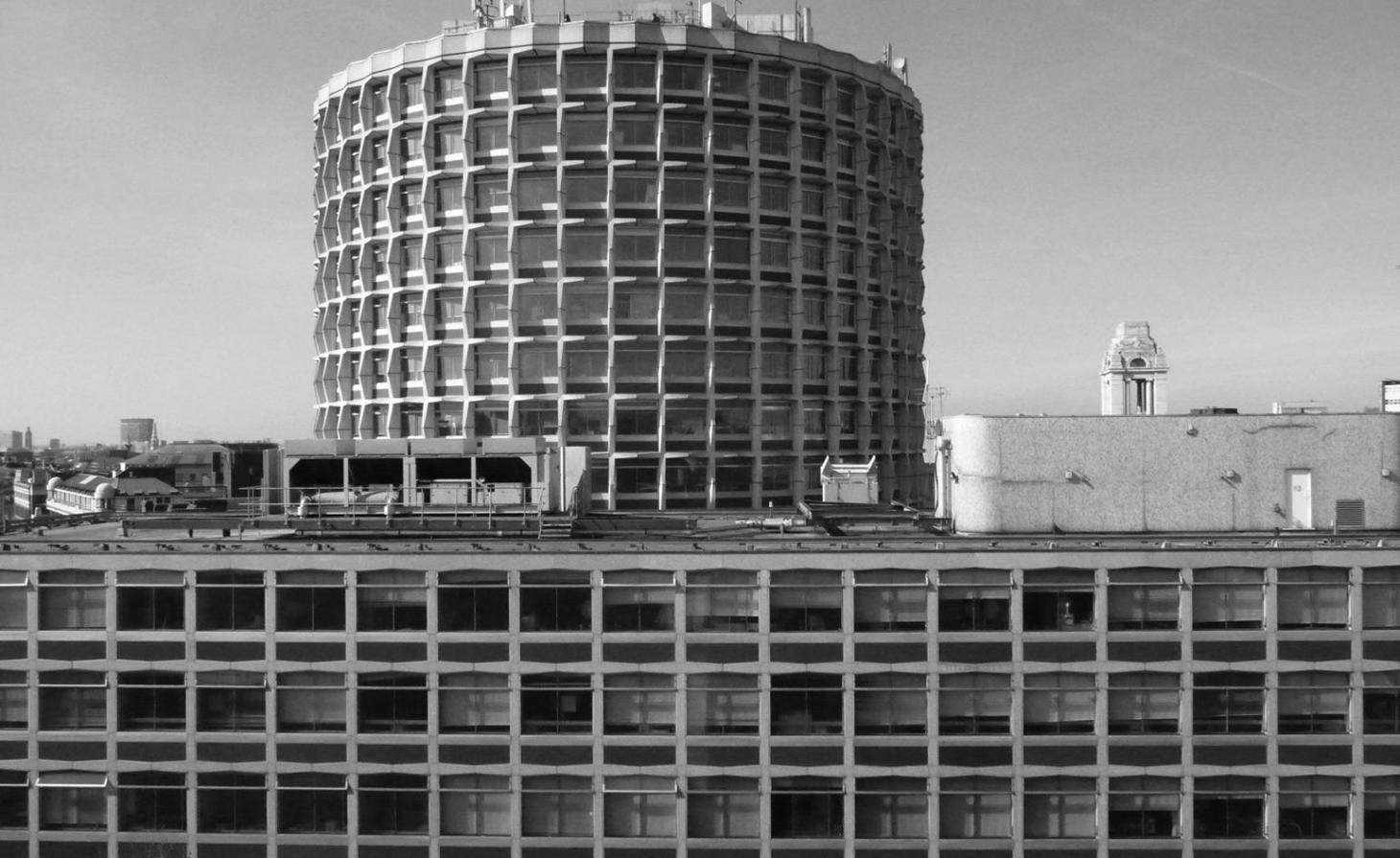
One Kemble Street, the brutalist architecture icon now known as Space House, is about the launch its transformation by Squire & Partners in London
Squire & Partners: Henry Squire talks about the restructure
W*: When did this process start for you?
Henry Squire: It wasn't like we'd never thought about what might happen in the future before my father died. We've been thinking about it for a long time and we had discussed it with him. We knew that we had to change and evolve. [Michael's passing] possibly just forced our hand and accelerated the process. So, we're trying to build a firm that is not so focused on any particular individual. The problem with the design world is that in some ways it is focused around individuals - the 'single leader culture''. You want to be beyond that.
Receive our daily digest of inspiration, escapism and design stories from around the world direct to your inbox.
W*: Do you see the practice's core approach changing with the change in leadership?
HS: No. I think that we are slightly different anyway. For our projects, you would not know unless you knew that that was all done by the same architect, because I think we're not wedded to an architectural stylistic philosophy. They are all highly contextual. This is the essence of a Squire & Partners project and I hope it will remain forever.
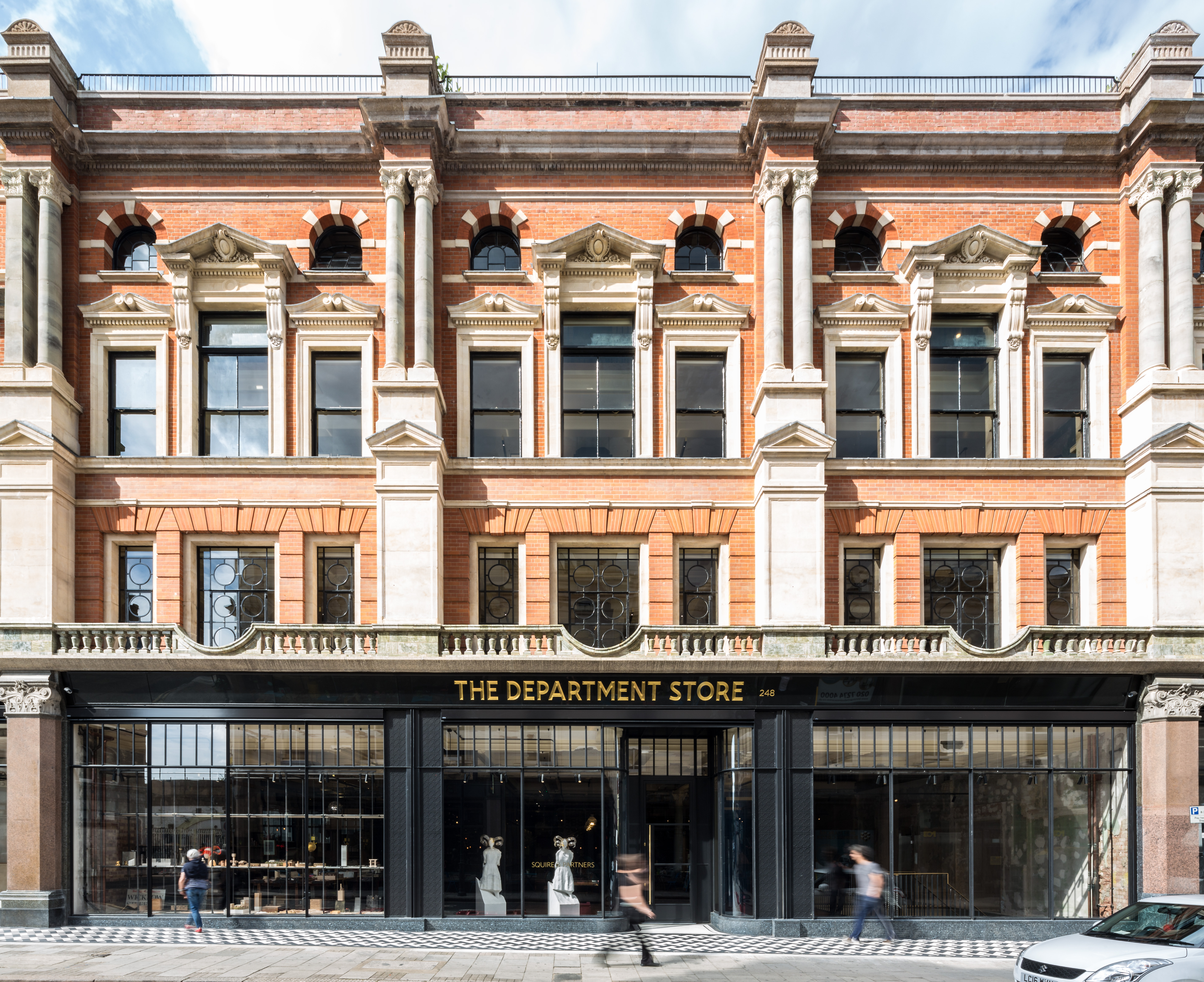
The Department Store in Brixton, which includes co-working spaces and the Squire & Partners headquarters
W*: Was the way the practice had to evolve immediately apparent to you when you went into the process of restructuring? Was it easy?
HS: It definitely wasn't easy. There are always things that, probably intuitively, you kind of have an idea of what you want to do with, but then you have to fight against what your intuition is and just test everything. Also in terms of what people want to do and what people are good at, there's a nuance there to look at and work with.
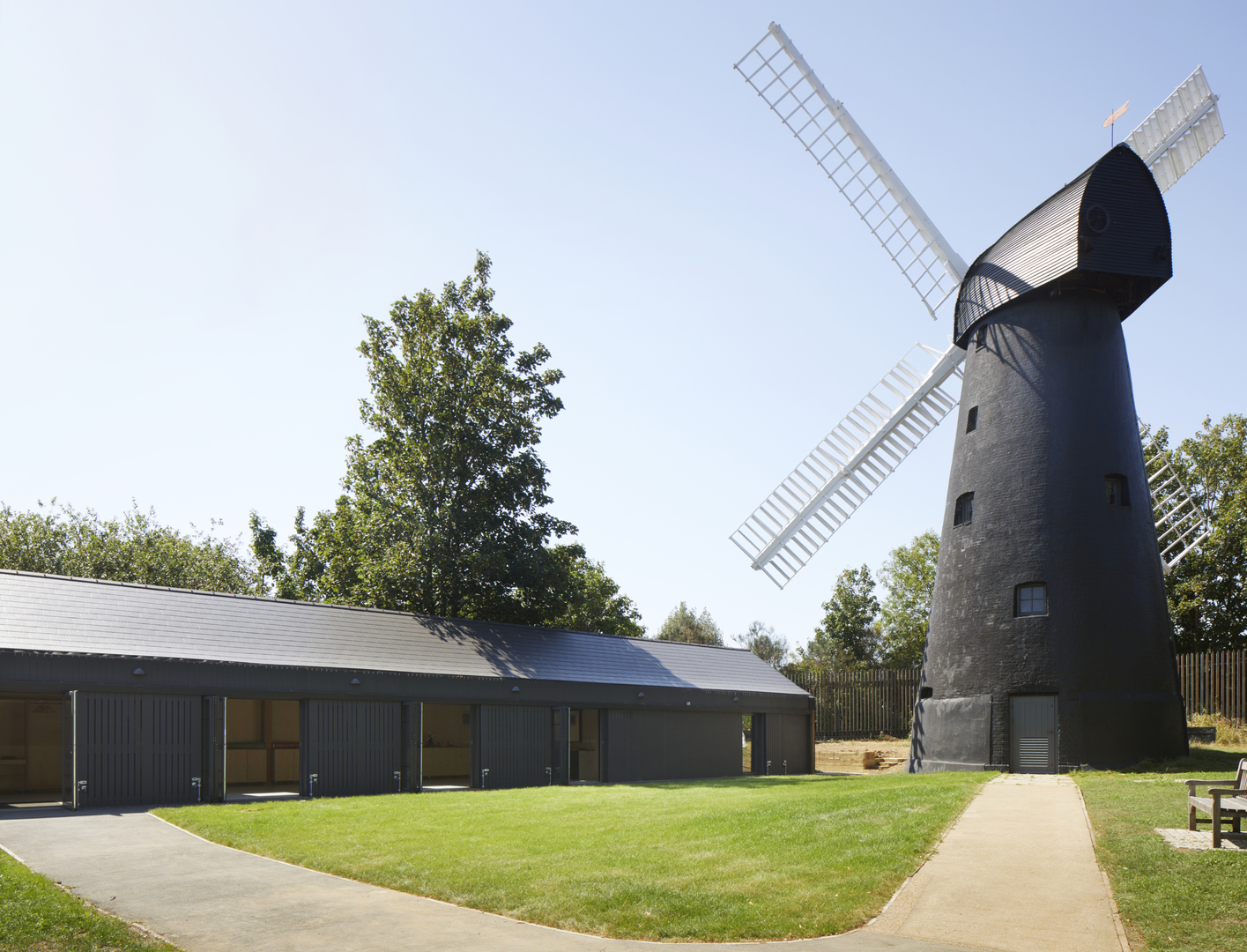
Brixton Windmill, a community centre by Squire & Partners
W*: So, please tell us about the structure.
HS: There are ten partners in total - three senior ones among them. The division of work is not around project typology, but all partners have different roles within the practice. So there are two, for example, leading the practice management side, and another leading sustainability specifically, an interior design partner and a finance leader.
It was important for us to open up the partnership by increasing the different skill sets required to make partner. You might be good at meetings, or an incredible detailer or you might be incredibly charismatic in bringing new work; we wanted to signal that there are a lot of different ways up the firm to partnership.
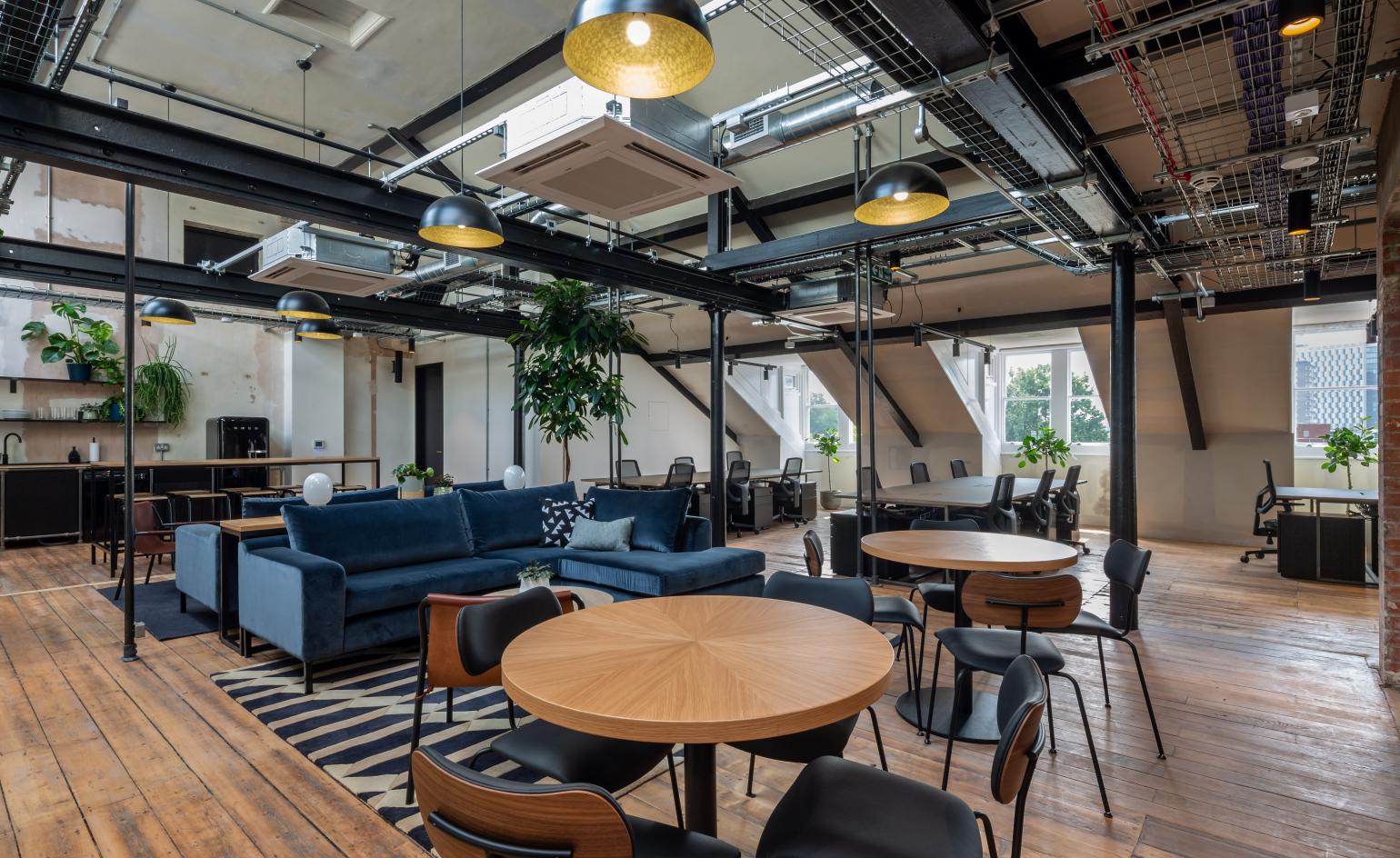
Squire Partners transformed the iconic Ministry Of Sound into a chic workspace
W*: Did you consider changing the practice's name?
HS: We talked a lot about it, as obviously I am a Squire and does this make it unfair to others? In the end we decided against it. It is a strong brand and this is about brand creation, and does it matter that Chanel's called Chanel? It's only a word - a recognisable word.
W*: So is this it; are you done with change, are things crystallised and fixed now?
HS: Not quite. A practice needs to constantly evolve. For example, we are looking into perhaps creating a delivery arm within our studio. We are always looking to evolve with the changing landscape of architecture. Evolution is growing.

LUMA in Kings Cross is a Squire & Partners design; seen here the penthouse terrace with interiors by Conran and Partners
W*: Any closing words?
HS: I think, we've always been a quiet practice. We are also humanists and we deeply love what we do. There's a quote from Shakespeare that says 'Things won are done, joy's soul lies in the doing.'
Ellie Stathaki is the Architecture & Environment Director at Wallpaper*. She trained as an architect at the Aristotle University of Thessaloniki in Greece and studied architectural history at the Bartlett in London. Now an established journalist, she has been a member of the Wallpaper* team since 2006, visiting buildings across the globe and interviewing leading architects such as Tadao Ando and Rem Koolhaas. Ellie has also taken part in judging panels, moderated events, curated shows and contributed in books, such as The Contemporary House (Thames & Hudson, 2018), Glenn Sestig Architecture Diary (2020) and House London (2022).
-
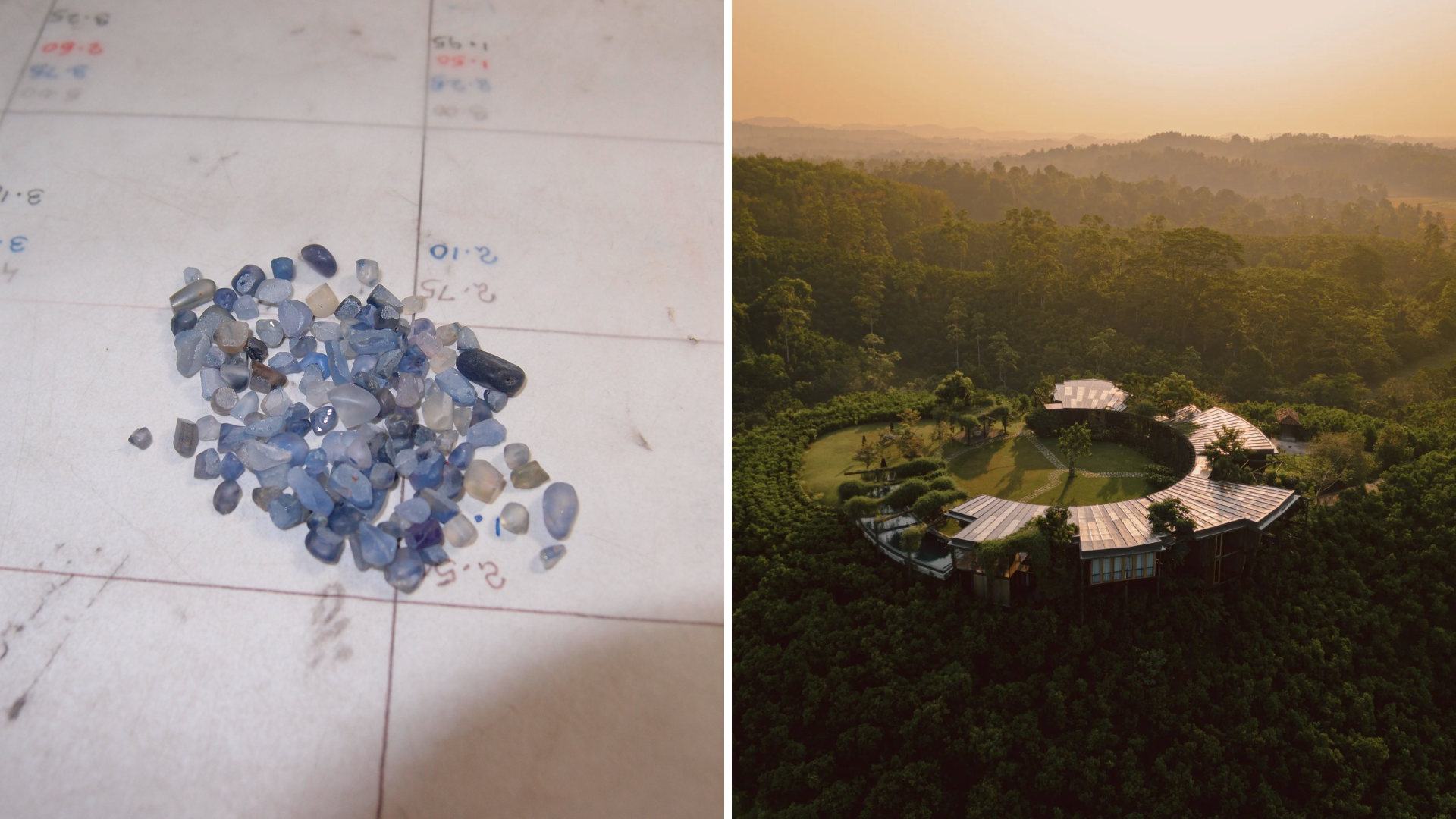 Love jewellery? Now you can book a holiday to source rare gemstones
Love jewellery? Now you can book a holiday to source rare gemstonesHardy & Diamond, Gemstone Journeys debuts in Sri Lanka in April 2026, granting travellers access to the island’s artisanal gemstone mines, as well as the opportunity to source their perfect stone
-
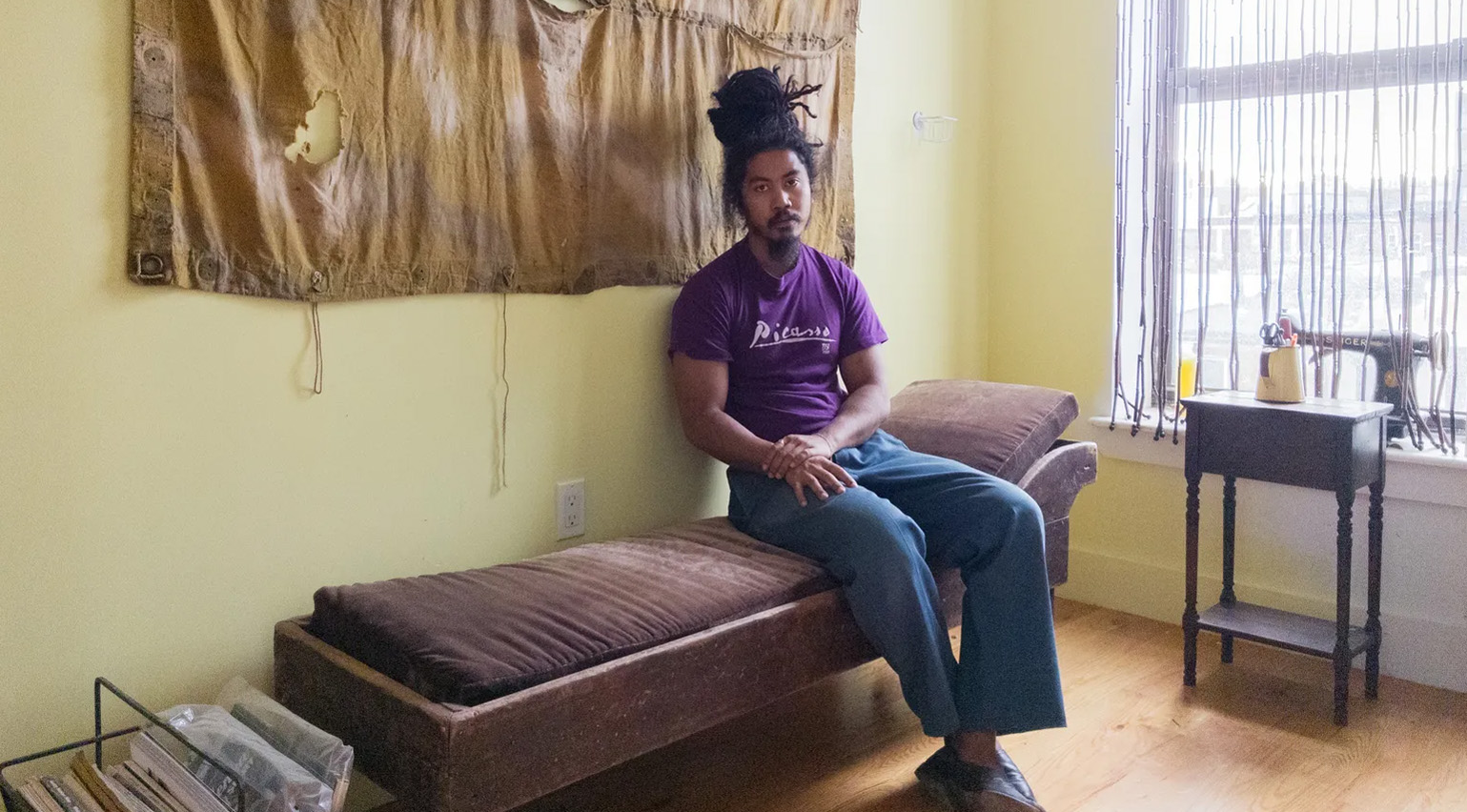 The rising style stars of 2026: Connor McKnight is creating a wardrobe of quiet beauty
The rising style stars of 2026: Connor McKnight is creating a wardrobe of quiet beautyAs part of the January 2026 Next Generation issue of Wallpaper*, we meet fashion’s next generation. Terming his aesthetic the ‘Black mundane’, Brooklyn-based designer Connor McKnight is elevating the everyday
-
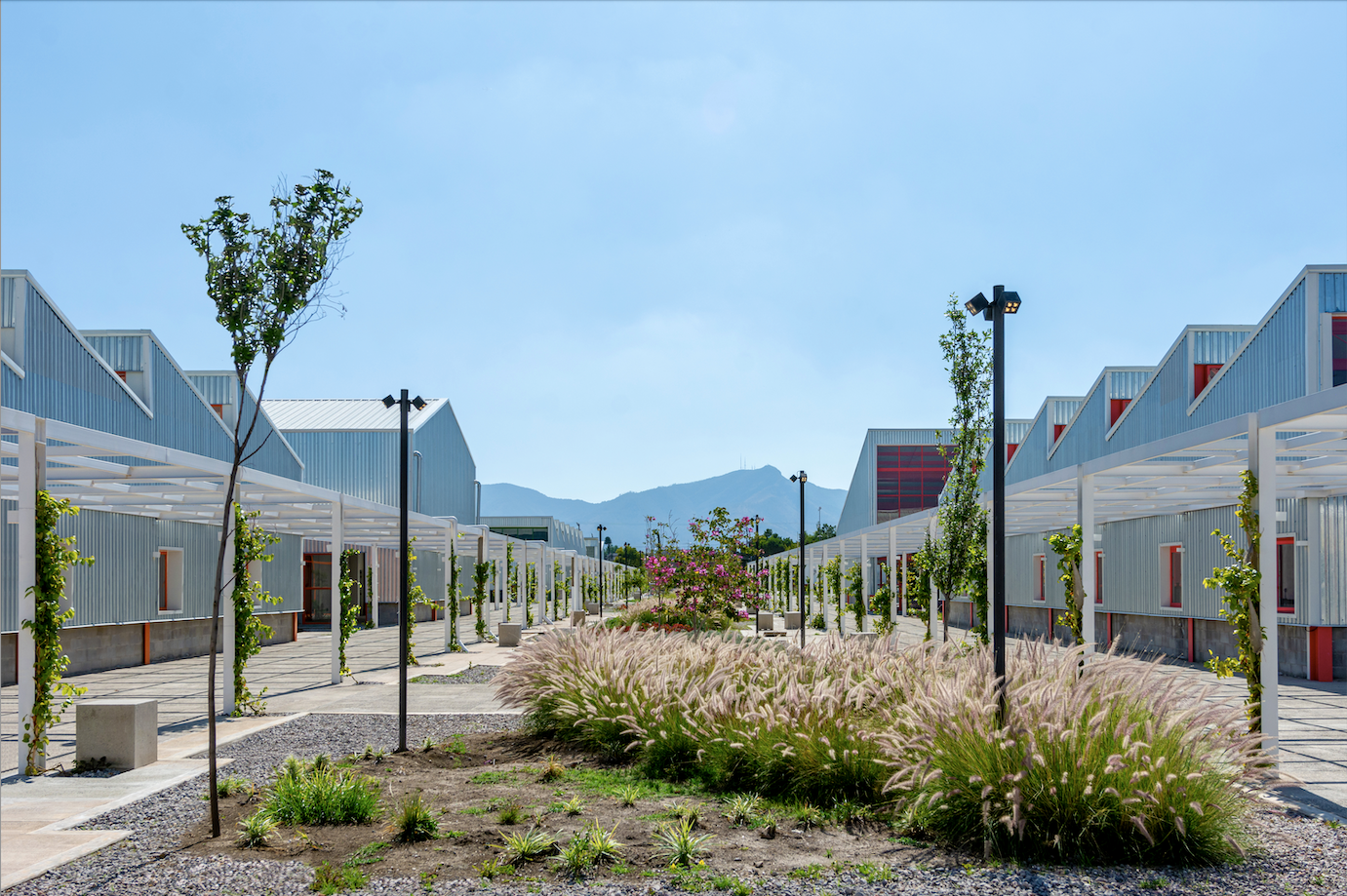 Mexico's Office of Urban Resilience creates projects that cities can learn from
Mexico's Office of Urban Resilience creates projects that cities can learn fromAt Office of Urban Resilience, the team believes that ‘architecture should be more than designing objects. It can be a tool for generating knowledge’
-
 Arbour House is a north London home that lies low but punches high
Arbour House is a north London home that lies low but punches highArbour House by Andrei Saltykov is a low-lying Crouch End home with a striking roof structure that sets it apart
-
 A former agricultural building is transformed into a minimal rural home by Bindloss Dawes
A former agricultural building is transformed into a minimal rural home by Bindloss DawesZero-carbon design meets adaptive re-use in the Tractor Shed, a stripped-back house in a country village by Somerset architects Bindloss Dawes
-
 RIBA House of the Year 2025 is a ‘rare mixture of sensitivity and boldness’
RIBA House of the Year 2025 is a ‘rare mixture of sensitivity and boldness’Topping the list of seven shortlisted homes, Izat Arundell’s Hebridean self-build – named Caochan na Creige – is announced as the RIBA House of the Year 2025
-
 In addition to brutalist buildings, Alison Smithson designed some of the most creative Christmas cards we've seen
In addition to brutalist buildings, Alison Smithson designed some of the most creative Christmas cards we've seenThe architect’s collection of season’s greetings is on show at the Roca London Gallery, just in time for the holidays
-
 In South Wales, a remote coastal farmhouse flaunts its modern revamp, primed for hosting
In South Wales, a remote coastal farmhouse flaunts its modern revamp, primed for hostingA farmhouse perched on the Gower Peninsula, Delfyd Farm reveals its ground-floor refresh by architecture studio Rural Office, which created a cosy home with breathtaking views
-
 A revived public space in Aberdeen is named Scotland’s building of the year
A revived public space in Aberdeen is named Scotland’s building of the yearAberdeen's Union Terrace Gardens by Stallan-Brand Architecture + Design and LDA Design wins the 2025 Andrew Doolan Best Building in Scotland Award
-
 The Architecture Edit: Wallpaper’s houses of the month
The Architecture Edit: Wallpaper’s houses of the monthFrom wineries-turned-music studios to fire-resistant holiday homes, these are the properties that have most impressed the Wallpaper* editors this month
-
 A refreshed 1950s apartment in East London allows for moments of discovery
A refreshed 1950s apartment in East London allows for moments of discoveryWith this 1950s apartment redesign, London-based architects Studio Naama wanted to create a residence which reflects the fun and individual nature of the clients